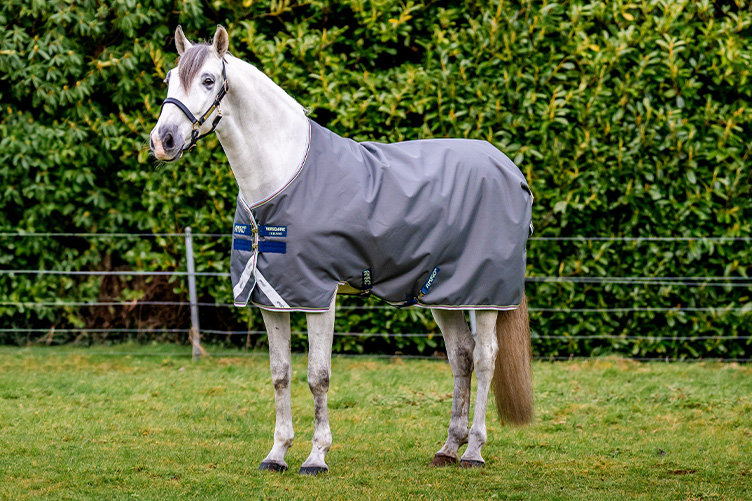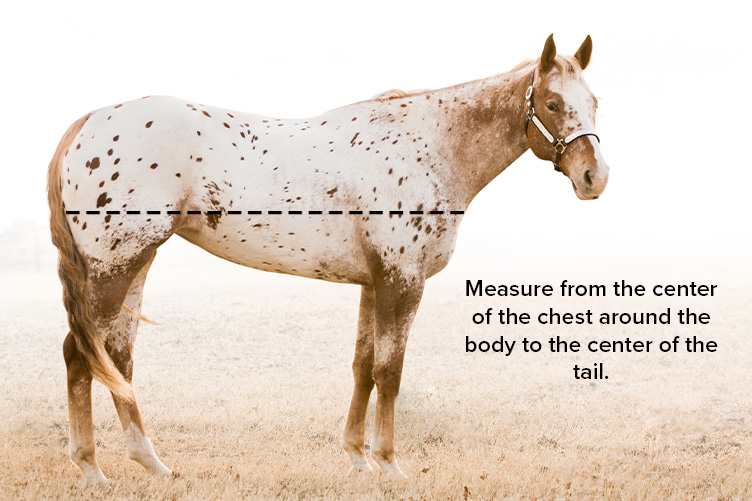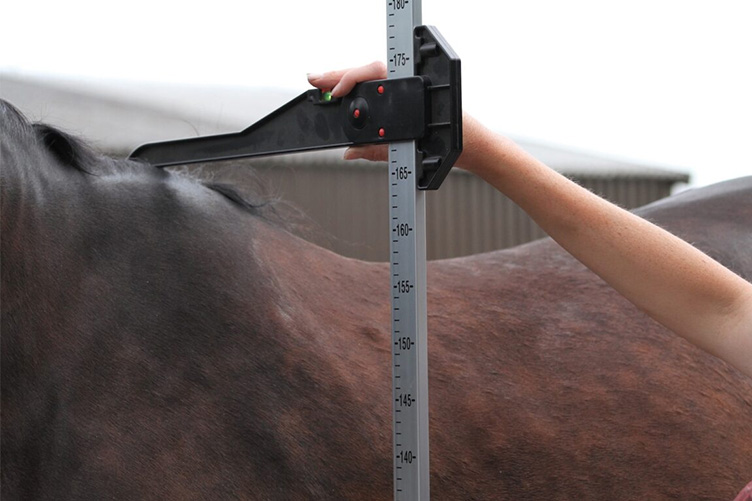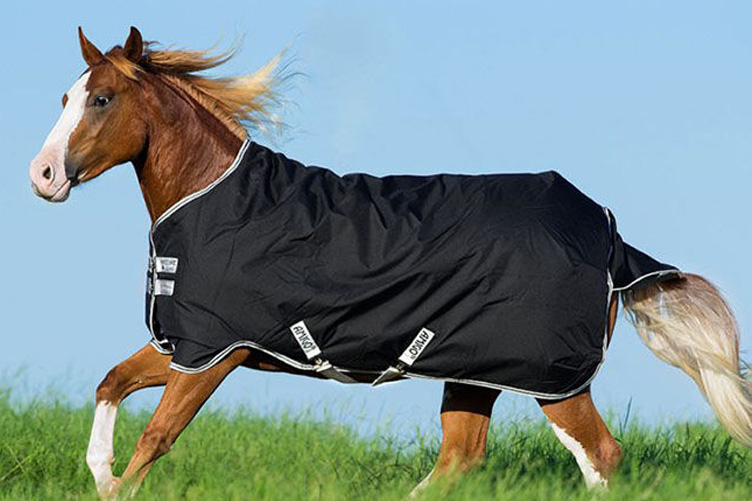
A well-fitting blanket is essential for keeping your horse warm and dry during chilly weather. But with so many styles and sizes available, finding the perfect fit can be a challenge. This comprehensive guide will walk you through every step of the process, from measuring your horse to choosing the right blanket style and ensuring it fits just right.
Measuring Your Horse
When it comes to blanket fit, the key lies in proper measurement! Forget one-size-fits-all approaches – horses come in all shapes and sizes, and even those of similar heights can have vastly different builds. A blanket that’s snug on one horse might leave another exposed and chilly. Let’s get down to the nitty-gritty of measuring your horse for a well-fitting blanket to avoid wardrobe malfunctions and blanket rubs.
First things first, grab a trusty flexible tape measure and a helpful friend (optional, but two sets of hands definitely make things easier!). You’ll also need even ground for your horse to stand on and a notebook to jot down your measurements.
Once your horse is standing square on the level surface, you’re going to take two key measurements:
Body Length: Start at the center of your horse’s chest, where the base of the neck meets the chest. Run the tape measure along his side, keeping it level, all the way back to the base of his tail, where the “cheek” meets the tail. Remember, it’s not about measuring tail width – just the length of the body portion the blanket will cover.

Height: Stand shoulder-to-shoulder with your horse and measure from the highest point of his withers straight down to the ground. A measuring stick, like the Jacks Manufacturing Aluminum Horse Measure Stick, will make it easier to measure your horse.

Decoding the Numbers
With your measurements in hand, you’re halfway there! Now, to translate those numbers into blanket sizes. Generally speaking, the body length measurement will be the size of the blanket that your horse wears. However, remember, this is just a starting point. Most manufacturers have size charts based on height and body length as well.
Here’s the catch: US and UK-based horse blanket companies often use different units of measurement. In the US, you’ll typically find sizes listed in inches. Other countries, such as the UK and Australia, favor centimeters. This discrepancy can leave even seasoned horse owners scratching their heads. To avoid a blanket that’s too snug or swamping your equine friend, carefully check the brand’s size chart and measurement instructions. They’ll usually specify which unit they use. Alternatively, some companies offer conversion tables or even dual measurements to bridge the gap. Remember, it’s always better to measure your horse accurately (regardless of the unit system) and consult the size chart before making your purchase.
Here’s where your horse’s individual build comes in. Consider these factors:
- Muscling: Is your horse a muscular powerhouse or a sleek and slender steed? A muscled horse might need a slightly larger size than the chart suggests, while a slender one might benefit from a downsize.
- Conformation: Some horses have long, sloping shoulders, while others have shorter, upright ones. For horses with longer shoulders, opt for a blanket with more chest room to avoid rubbing or tightness. If your horse has a high wither, or is prone to blanket rubs on the shoulders, you may find that high-neck blankets work better for them.
- Blanket style: Different styles fit differently. Turnout blankets, designed for outdoor wear and movement, need a bit more wiggle room than a snug stable blanket.
The Golden Rule of Blanketing: When in doubt, size up! A slightly roomy blanket is infinitely better than one that restricts movement or leaves your horse shivering from poor coverage. You can always adjust leg straps and surcingles for a snugger fit, but you can’t stretch a blanket.
Blanket Styles
When it comes to keeping your horse cozy, there’s not a one-size-fits-all approach to blankets. Standard blankets offer a classic design, covering the body from the withers to the tail. For clipped horses or those in particularly cold climates, high-neck blankets provide extended coverage, wrapping snugly around the neck and chest for maximum protection. Combo blankets combine the convenience of a standard blanket with a detachable neck cover for added warmth. Choosing the right style depends on your horse’s individual needs and the climate they’ll be facing, ensuring they stay comfortable and content throughout the year.
Trying On the Blanket

Now, let’s put that blanket on! Here’s what to look for when checking the fit:
- Snug but not tight: The blanket should comfortably cover the chest and shoulders without restricting movement. You should be able to slip your hand between the blanket and your horse’s withers. The neckline should sit snugly without chafing, allowing for natural head movement. You should be able to slide your fingers down the inside of the neck opening.
- Covering all the bases: The blanket should ideally reach just below the elbows and stifles, providing ample coverage without dragging on the ground. Belly straps and leg straps (if present) should be adjustable to secure the blanket without being too tight. The rump area should be fully covered to prevent drafts.
- Freedom of movement is key: Observe your horse walking and trotting. The blanket shouldn’t bunch up, gap, shift, or restrict their gait. Pay particular attention to the shoulder area. If the blanket pulls or binds during movement, it’s too small.
Bonus Tips for Blanket Fitting
- Double-check your measurements: Take them twice for good measure (pun intended!).
- Consider trying on blankets before buying: If possible, borrow a blanket or two from an equestrian friend and let your horse model some potential blankets to see how they fit in real life.
- Invest in quality: A well-made blanket will last longer and provide better protection than an inexpensive one.
- Think about the weather. Choose a blanket with the appropriate weight and waterproofing for your climate.
- Regularly check for fit: As your horse’s weight or muscling changes, the fit of his blanket might need adjusting.
- Strap Adjustment: Finding the perfect balance between snugness and comfort is key when adjusting your horse’s blanket straps. For belly straps, the “one-hand rule” applies: you should be able to slide a hand comfortably between the strap and your horse’s belly, allowing movement and preventing rubbing. Ensure evenness and adjust based on activity level. Leg straps require a similar snugness. Don’t forget the tail strap, aiming for a hand’s width. Remember, adjust after movement, recheck regularly, and adapt to your horse’s individual needs. When unsure, consult a professional for guidance.
By following these steps and taking your horse’s individual needs into account, you can ensure he’s not just warm and protected but also comfortable and stylish in his new winter wardrobe. Remember, a perfectly fitting blanket is an investment in your horse’s well-being – so measure wisely, choose with care, and enjoy many cozy seasons together!
At Cheshire Horse, we understand the importance of keeping your horse comfortable and healthy, and that includes maintaining their blankets. That’s why we offer a comprehensive range of blanket cleaning and waterproofing services, along with top-quality soaps, like Nikwax Tech Wash and Blanket Safe Wash and Deodorizer, to help you care for your horse’s blankets at home!
At The Cheshire Horse, we love to help keep horses cozy and warm! Please contact a member of our friendly and knowledgeable sales staff if you have any questions regarding proper blanket fit.

